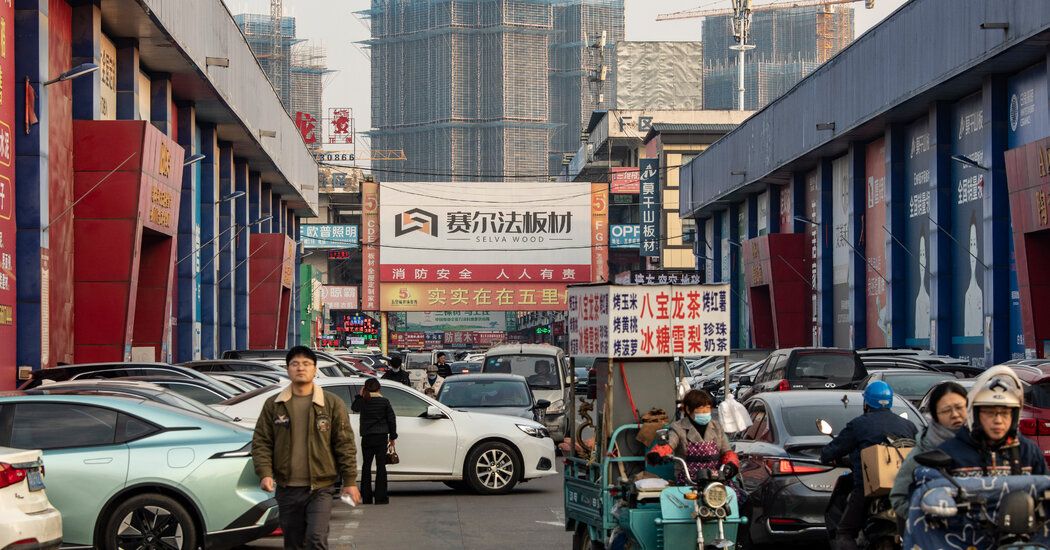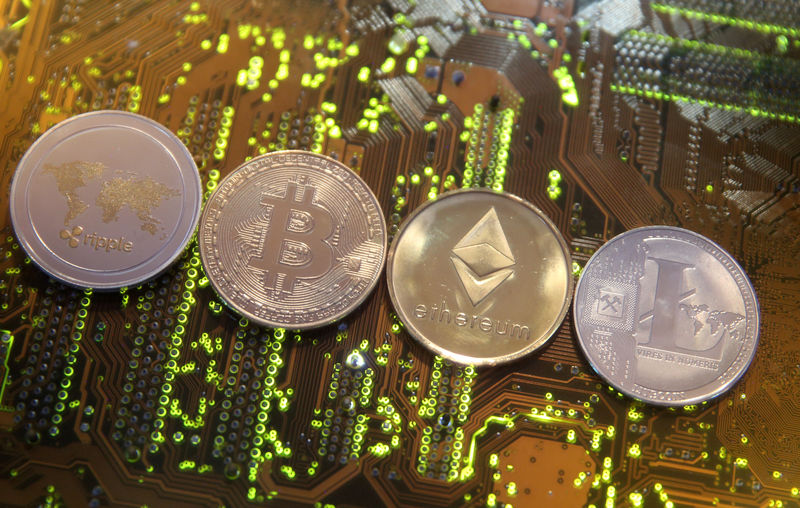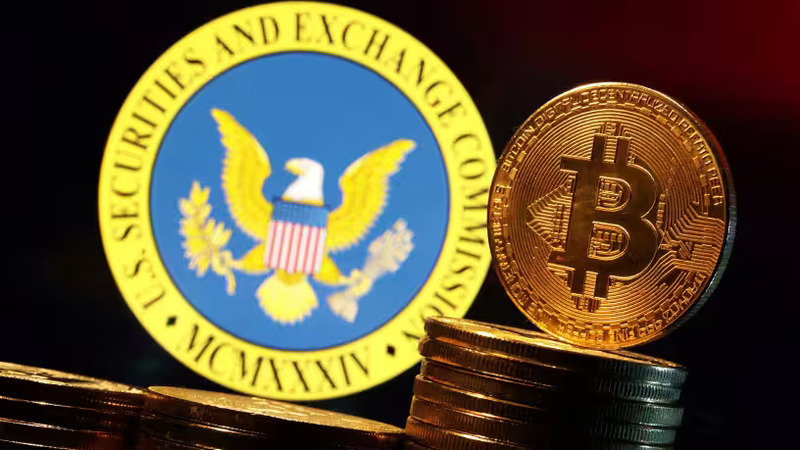Ultra-modern factories produce electric cars and solar panels in Hefei, an industrial hub in the heart of central China. Wide avenues link office towers and landscaped parks. The metro lines open at a good pace.
However, at the Hefei building materials market, which occupies 10 city blocks, local traders are pessimistic. Wu Junlin, a door salesman, closed two of his three stores and laid off all but one of his dozen employees.
“I've been doing this for 20 years; after all these years, this year is the worst,” he said, sitting in his latest store with no customers in sight.
No other place better shows the opportunities and vulnerabilities of the Chinese economy than Hefei.
Government-led growth in industries such as electric vehicles and solar panels has turned China into the world's export superpower, making Hefei a model for other Chinese cities. But a nationwide decline in the real estate sector has devastated the finances of millions of families and small businesses, including in Hefei.
Hefei and nearby cities have become a hub for electric vehicle manufacturing, and total car production has nearly tripled since 2019 and now surpasses that of Michigan. Hefei's industrial policies have been so successful in encouraging technology manufacturers that the country's central government has adopted the principles of what is known as the Hefei model.
Now so many cities are subsidizing electric vehicle factories that the industry faces serious overcapacity and huge losses.
“Some localities and companies are still blindly launching and duplicating new energy vehicle projects; these require our close attention and effective measures must be taken to resolve them,” said Xin Guobin, vice minister of China's Ministry of Industry and Information Technology. at a press conference last week.
Hefei's model involves using government money to buy newly issued shares of cash-starved manufacturers and startups. Officials also arrange loans with attractive interest rates from state-controlled banks to finance new factories.
Over two decades, Hefei has been transformed thanks to the municipal government's bets on companies such as BOE Technology Group, a maker of flat screens, and Nio, a maker of electric cars. When Nio nearly ran out of cash in 2020, the Hefei government pumped in $1 billion for a 24 percent stake and state-controlled lenders pumped in another $1.6 billion.
Hefei, the provincial capital in a previously impoverished agricultural area, has risen in the income rankings of Chinese cities. Local government cadres, urban economists and institutional investors visit Hefei to study his methods.
Hefei has an $86 billion municipal holding company that has poured money into struggling but technologically advanced companies. The holding company, the fourth largest of its kind in China, buys shares of companies at low prices when few investors want them.
These companies sometimes recover, as BOE Technology and Nio did after Hefei's investments. The city then offers incentives for suppliers and customers of these companies to also move to Hefei, said Li Bo, an assistant professor at Peking University's Guanghua School of Management.
“Hefei has a clear understanding of local industries: the government-led investment fund is tailored to the needs of enterprises,” he said.
Hefei sits at the top of several industrial supply chains. One-fifth of the world's consumer electronics liquid crystal displays are made in Hefei. So are many Lenovo laptops and notebooks. Hefei produces a tenth of China's home appliances. The city government has provided $2 billion of the $2.5 billion needed to build China's first factories for an advanced type of computer memory chips.
Hefei's electric car production quadrupled last year, and that figure will rise even more this year as Volkswagen ramps up production at a giant new factory. A manufacturer of electric car batteries, partly owned by VW, Gotion High-tech Company, has also built a factory in Hefei.
Other Chinese automakers are following. BYD, which competes with Tesla to be the world's largest electric car maker, has almost completed a $5.6 billion manufacturing complex with a planned capacity of 1.3 million cars a year.
Hefei owes much of its success to a major engineering university, just as Carnegie Mellon University has fostered Pittsburgh's technological renaissance. Most of the best universities in China are in Beijing or Shanghai. But leaders of the University of Science and Technology of China moved the institution from Beijing during the chaos of Mao's Cultural Revolution, and it ended up in relatively quiet Hefei in 1970.
In 2005, a new municipal leader in Hefei, Sun Jinlong, pioneered the city's focus on technological manufacturing. BOE Technology was then mainly in Beijing, but was struggling financially. The city convinced the company to build factories in Hefei, offering it more than $1 billion in investments and loans.
Subsequent statements from the company BOE Technology show that from 2011 to 2016, it collected another $250 million in direct subsidies from the city. BOE Technology is now one of the largest flat panel display manufacturers in the world.
Hefei had a powerful ally to promote its success. Li Keqiang, China's second-highest official and prime minister until his retirement almost a year ago, grew up in Hefei.
During a trip to the city in 2015, Li promoted his “Made in China 2025” plan. That plan called for replacing many imported advanced manufactured products with Chinese production by 2025, using industrial policies that echoed those of Hefei. Mr. Li died in October.
Hefei still faces challenges. Automakers have struggled to persuade executives and engineers to leave the glitz of Shanghai or Beijing for quieter lives in Hefei, despite the low cost of living. BOE Technology has maintained its headquarters in Beijing.
But Hefei's biggest problem lies in housing.
Until China's housing crisis hit Hefei two years ago, construction and property development was slightly larger than manufacturing in the city. Apartment buildings, office towers and hotels rise above small farms left over from the city's recent agricultural past.
That reliance on construction is hurting Hefei now.
According to the China Index Academy, a property market data provider, the number of new apartments sold each month in Hefei has plummeted. In November, sales were down 45 percent from a year earlier.
Plummeting sales are crippling the ability of debt-laden developers to finance new projects. The total area of new projects last year plummeted 57 percent from 2022.
As developers run out of money, they buy fewer land leases from the government. Sales of these leases, the cornerstone of local government budgets in China, typically cover half of Hefei's municipal spending. Lease sales fell 38 percent in Hefei last year, jeopardizing government programs.
Small businesses say the local government, once a big customer, has stopped placing orders.
“The government has run out of money, empty,” said Tao Yingcheng, owner of a flooring company in Hefei.
Some local workers also complain that they lack the skills necessary to compete for jobs. Companies like Nio and Volkswagen are increasingly reliant on robots and other automation tools, and hire graduates from top universities around the world.
“The current work environment is not very good,” said Xu Mingyi, a Hefei resident who studied computer programming and has yet to find work in his field. Instead, he works as a transport driver. “These Hefei companies need such talents that ordinary people hardly meet the requirements.”
Li you contributed to the research.










